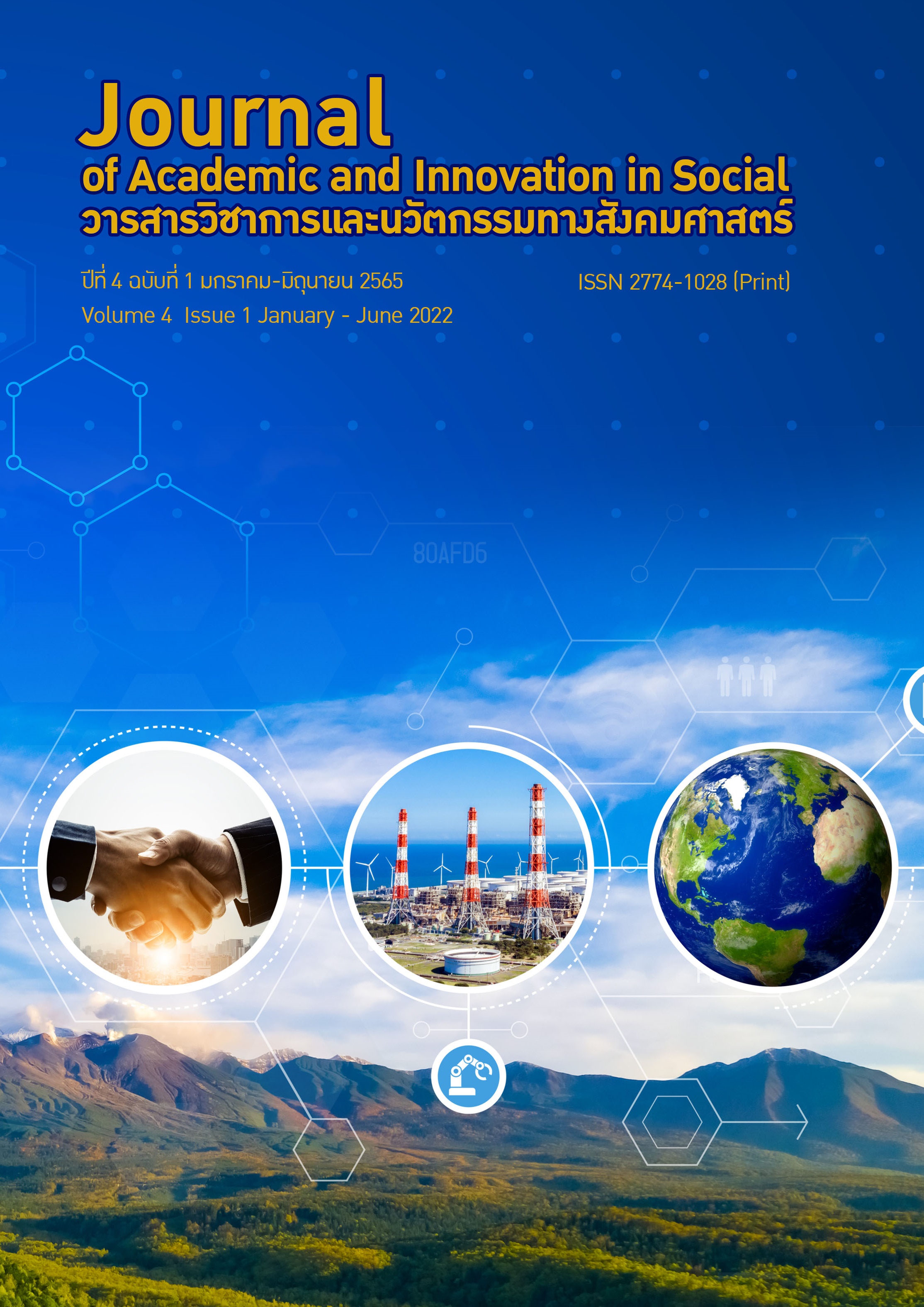The Buddhist Well-being Promotion of Tambon Public Training Unit: Lesson Learned in Northeast Thailand
Main Article Content
Abstract
The objectives of this research were 1) To study the results of the model training unit for the people of Northeastern sub-district and 2) To extract lessons from the model training unit for the Northeastern people. Integrated research method quantitative research data were collected from a sample of 400 people using a questionnaire. Data were analyzed by using statistics, percentage, mean, standard deviation. and qualitative research Collected data from 35 key informants or people with interview form explanatory and descriptive data analysis. The results of the research were as follows: 1. The results of the results of the sub-district people's training unit in Northeast, The model for enhancing Buddhist well-being of the sub-district people's training unit outstanding. East is used as a model for lessons learned of the district people's training unit Eastern Sangha Council. This resulted in volunteer spirit integrating Buddhism propagation work and promoting community health in all four aspects: 1) physical health 2) mental health 3) social health 4) intellectual health and developed a joint network. community Organize activities to promote Buddhist well-being with monks as the leaders. 2. Taking lessons from the model of the Northeast Subdistrict people's training unit operations of the subdistrict people's training unit Eastern Sangha. There are ongoing operations in accordance with the roles of the sub-district people's training units, namely 1) morals and culture 2) health and sanitation 3) welfare 4) peace and welfare 5) education welfare 6) public welfare 7) gratitude 8) fellowship and organized activities to promote keeping the 5 precepts, preserving Buddhist culture developed to be a center for helping people in various fields.


